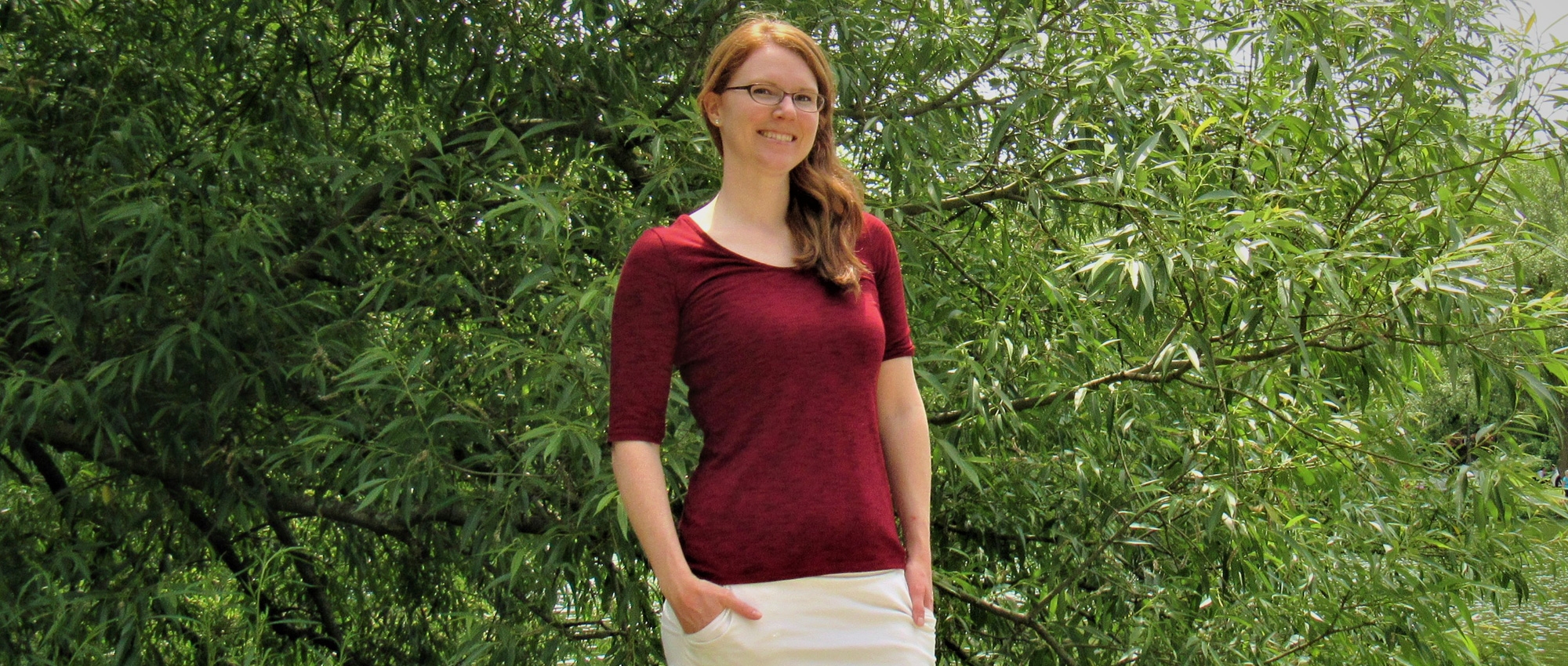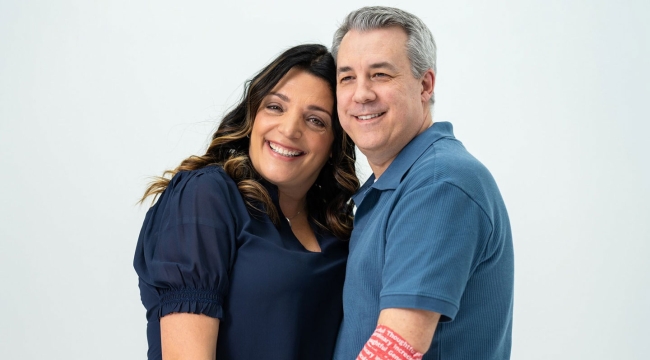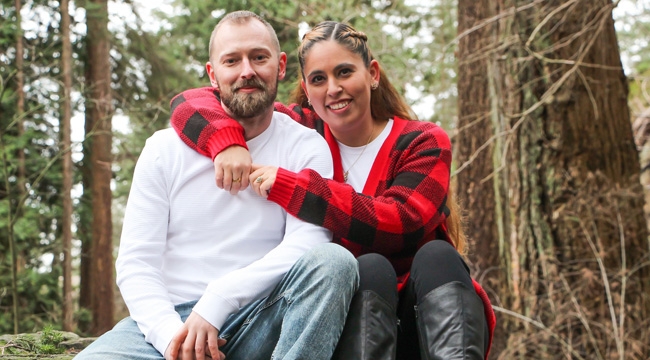Stem cell donation brings joy to a donor as well as hope to a patient
Rachel Van Pelt was thrilled at the chance to help a patient ― and to hear from them later, in her own time of grief
While many people’s bucket lists are topped with travel to exotic destinations, Rachel Van Pelt’s had a goal to help patients.
“Donating my bone marrow was one of those ‘bucket list’ type things I had always wanted to do in life,” says Rachel, who lives in St. Thomas, Ont., and works as a receptionist in the health sector. She also runs a faith-based organization called Hope Through Hard Times. “I have always had a passion for helping people since I was a little girl.”
Bone marrow is the soft, spongy tissue found at the centre of most bones. It contains stem cells which normally develop into red blood cells, white blood cells and platelets. Every year, hundreds of Canadian patients require stem cell transplants to treat any of more than 80 diseases and disorders, including life-threatening cancers. Most will turn to Canadian Blood Services Stem Cell Registry. It has a database of healthy volunteer donors as well as connections with similar registries around the world.
For Rachel, joining that database was the first step toward realizing her dream. It was a journey with plenty of surprises along the way.
A life-changing phone call
About seven years ago, while working as an elementary school receptionist, Rachel got a call from a number she didn’t recognize. Because she was at work, she didn’t take that call. But when the kids went out for recess, she checked her voicemail and heard a message from Canadian Blood Services Stem Cell Registry asking her to call back as soon as possible.
“My heart raced,” says Rachel. “I couldn’t believe it. It had been eleven years since I signed up on the stem cell registry with no call to donate.”
She quickly went to her principal’s office to request permission to call Canadian Blood Services back. The principal lent her his office to make the call.
“My hands were shaky as I dialed the number,” she recalls.
As it turned out, the caller from the registry had been trying to track Rachel down for days. She had forgotten to update her contact information on Canadian Blood Services Stem Cell Registry when her home address and phone number changed. Fortunately, they were able to get Rachel’s phone number from her dad, whose own number was available on the registry as her alternate contact.
On the stem cell registry? Let us know you’re truly prepared to donate
“The caller gave me the news that I was a good match for a patient in need of a stem cell transplant,” Rachel says.
Stem cell stories of giving and gratitude
How Rachel’s journey started
As a teenager, Rachel was excited to donate blood as soon as she turned 18. At her first opportunity, she signed up for a Canadian Blood Services blood donation event at her school, where she also learned about the stem cell registry.
“I didn’t think twice,” she says. “I took the pamphlet home and immediately signed up.”
As Rachel discovered, joining the registry from home is easy and free. People who are between the ages of 17 and 35 and in good health will simply need to confirm their eligibility and start their registration online. Afterwards, they’ll receive a package in the mail containing a cheek swab sample kit and an envelope with pre-paid postage, along with instructions on how to complete and return their DNA sample.
While joining the stem cell registry is quick, it is also a long-term commitment to patients. Like Rachel, many potential donors wait years to be matched. Others are called within months, while some never receive a request to donate at all. Regardless, all registrants help bring hope to patients in Canada and abroad who require lifesaving stem cell matches.
A fork in the road
Rachel’s donation journey was truly eventful. At the time she was contacted to donate, she and her husband Michael were trying to have a baby. But to proceed with donating her stem cells, she would have to put that plan on hold, because the process could harm a developing embryo or fetus.
Learn more about stem cell donation eligibility

Rachel Van Pelt (seen here with her husband Michael Van Pelt) donated stem cells in 2016, eleven years after she joined Canadian Blood Services Stem Cell Registry. Although her contact details on the registry had changed by the time she matched a patient, registry staff were able to reach her with the help of her father whose number she had provided as her alternate contact. That’s why registrants should let the registry know when their contact details or health status change.
“The question for us was, do we make a life or save one?” Rachel says. “We spent a whole weekend praying and seeking wise counsel from close friends and family. Then we concluded that I only had one chance to help save this person’s life.”
Rachel called the registry first thing the following Monday to say “yes” to donating stem cells.
“It was a tough decision, but I knew that I would always regret it if I said no,” she says. “We could easily go back to trying to have a baby when this was done. I had no doubt that being able to donate bone marrow stem cells would be one of the greatest honours of my life.”
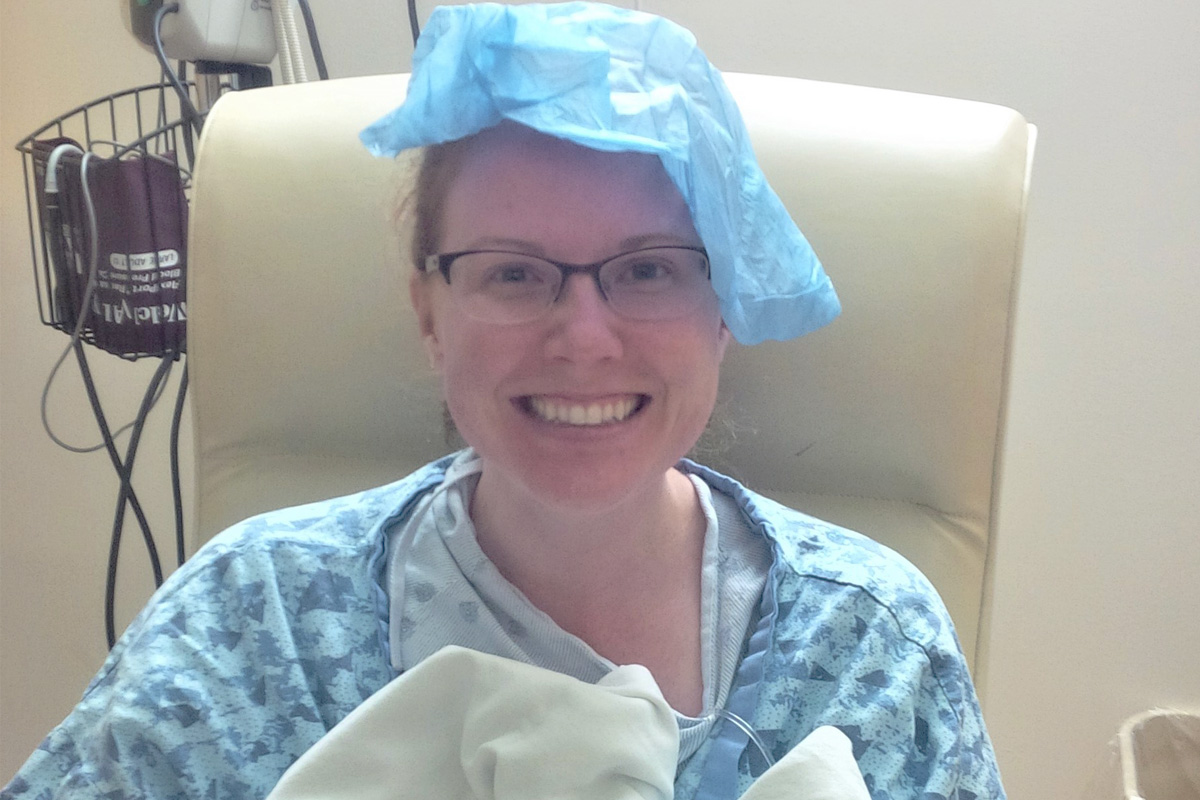
Rachel Van Pelt donated stem cells in 2016, eleven years after she joined Canadian Blood Services Stem Cell Registry. She says being able to donate bone marrow stem cells to a patient in need was one of the greatest honours of her life.
Rachel successfully donated stem cells at Juravinski Hospital in September 2016. Her stem cells were taken from her bone marrow — one of the three sources of stem cells used for transplant. Stem cells from circulating blood and umbilical cord blood are the other two sources, and it is the transplant physician who determines the donation type based on the patients’ need.
Stem cell donor and patient FAQs
Bone marrow stem cell donation, which is the type of procedure Rachel had, is a surgical procedure performed under anesthesia. During this procedure, the physician administering the donation uses a special hollow needle to withdraw liquid marrow from the back of the pelvic (hip) bones. This procedure is safe. However, bone marrow donors can expect to experience fatigue after donating.
For Rachel, her back was a bit tender after her donation, but she recovered within a few days. “If I was given another chance, I would donate again,” she says. “It was absolutely worth every moment.”
The exchange that made it all worth it
While Rachel sat on her hospital bed waiting for her procedure, she offered to write an anonymous letter to the patient who was receiving her stem cells. In Canada, stem cell donors and recipients are not permitted to communicate directly or exchange identifying information for the first year after transplant. But they can exchange anonymous letters within that year, and after the year has passed, direct communication is permitted with donor and patient consent.
“For a moment, I couldn’t think of what to say,” Rachel says. “But when the words came, I poured my heart out to that patient. And although I didn’t know them, I told them how giving them a second chance at life was truly an honour.”
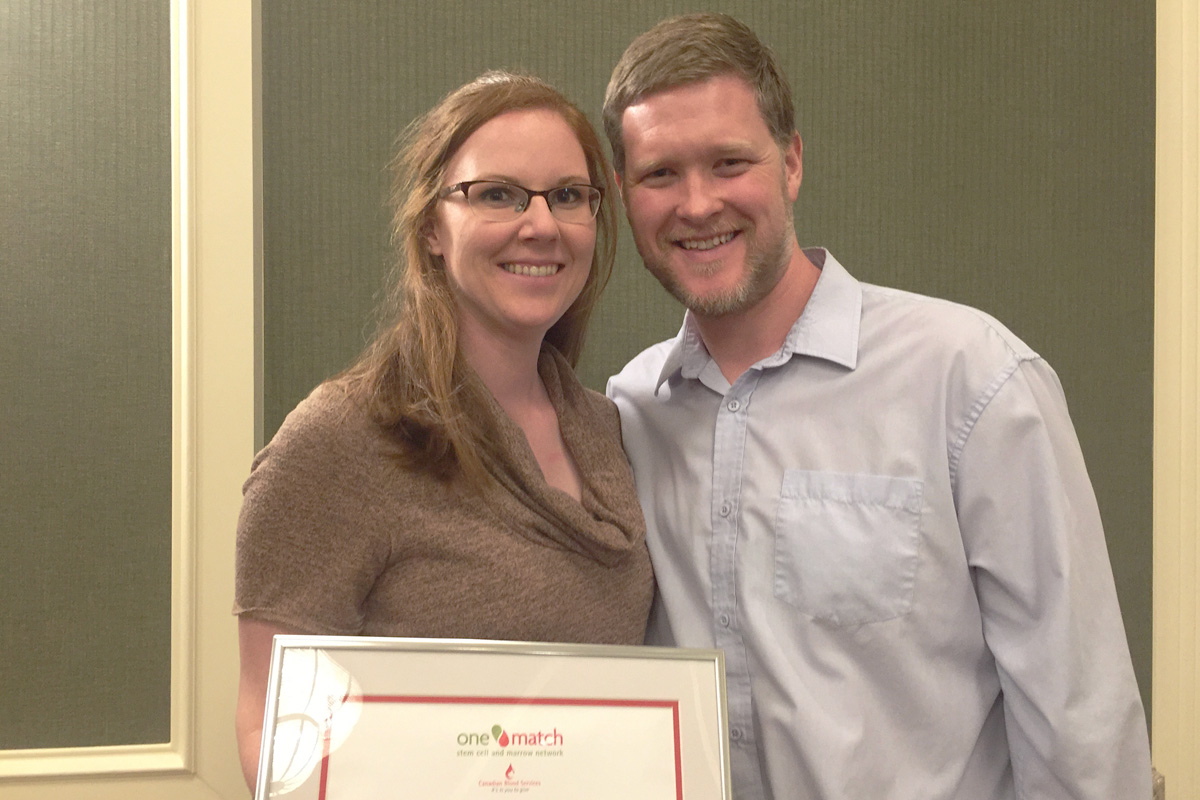
Rachel Van Pelt donated stem cells in September 2016. In 2018 she received a plaque from the stem cell registry (which was then called OneMatch) thanking her for her support of Canada’s Lifeline. Her husband, Michael Van Pelt, a blood donor himself, has been her constant support.
Months after her donation, Rachel and Michael resumed trying to have a baby. However, in the spring of 2018, their fertility doctor gave them devastating news. Both were infertile and couldn’t have children. That same afternoon, the couple arrived home to find an envelope from the stem cell registry sitting in their mailbox.
“It was a letter from my recipient,” says Rachel. “I couldn’t believe it. On the same day that Michael and I were hurting, the gift of this letter arrived and brought such joy to us.”
‘It’s a greater privilege to give than to receive’
In addition to donating blood and stem cells herself, Rachel has actively encouraged others do to so. Many of her family members are donors as well.
“My husband and mother-in-law are blood donors,” says Rachel. “In fact, two of my husband’s cousins received awards from Canadian Blood Services for donating blood and plasma over 400 times each.”
Rachel has also registered to donate organs and tissues.
“Who doesn’t want to be a hero?” she asks rhetorically. “It’s a greater privilege to give than to receive.”

As World Marrow Donor Day approaches on September 18, we are celebrating the vital role of all stem cell donors who help us support patients. From the bottom of our hearts, we thank you for your contributions. If you are between the ages of 17 to 35, you can give patients hope by registering online to join Canadian Blood Services Stem Cell Registry.
